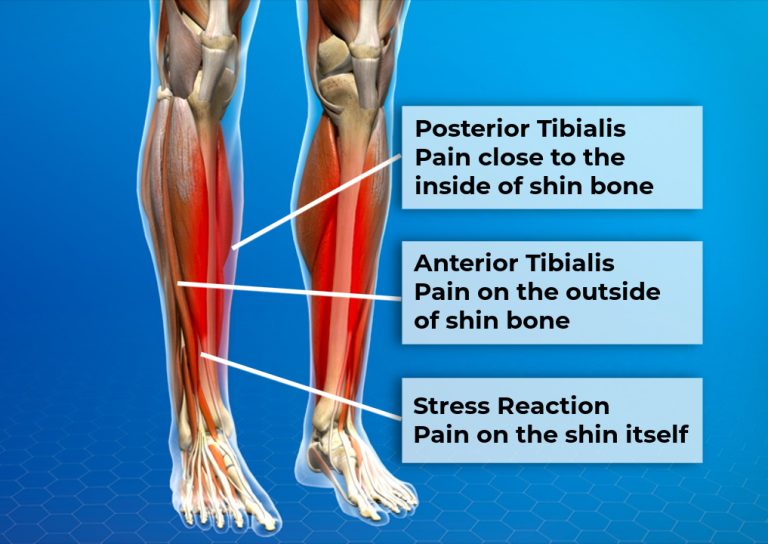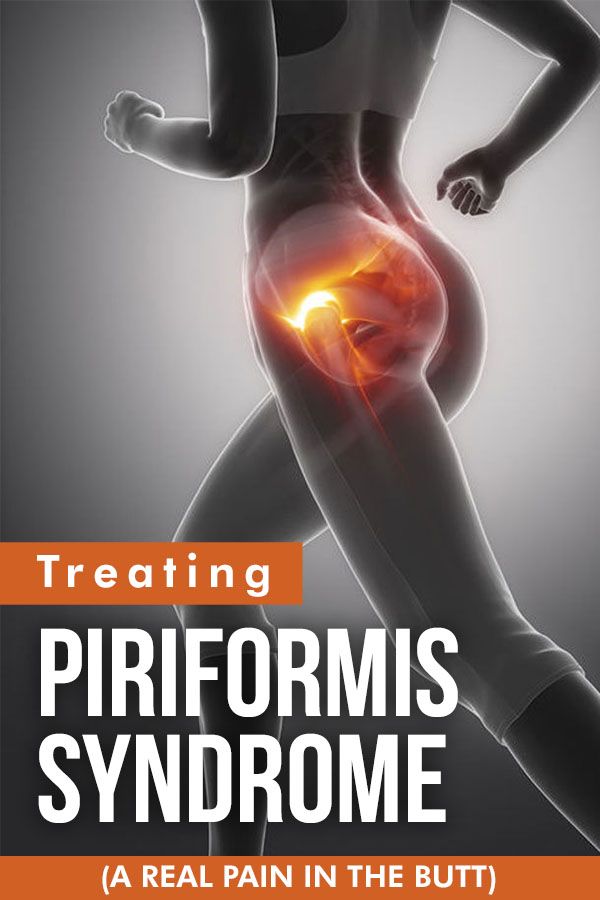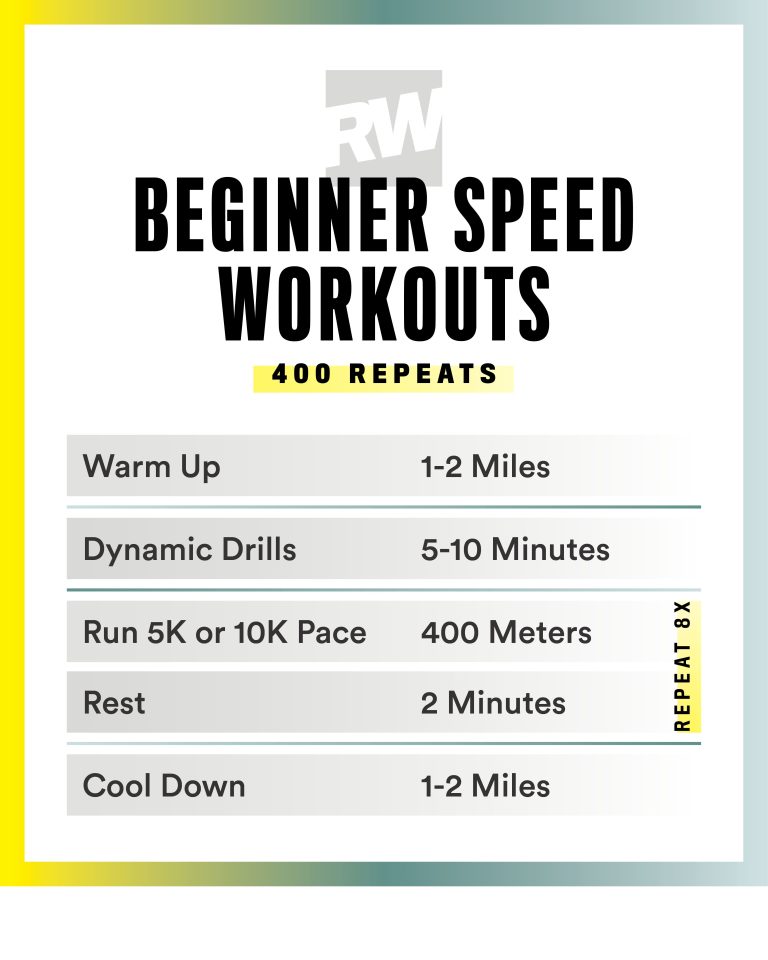Marathon Training Alternatives to Running
Marathon training alternatives to running include cycling, swimming, strength training and cross-training exercises. These activities provide varied options to improve cardiovascular fitness and muscle strength.
Incorporating different training modalities can help prevent overuse injuries and add diversity to your workout routine. By diversifying your training approach, you can enhance overall performance and keep your training engaging and effective. Cycling can improve leg strength and endurance, while swimming builds upper body strength and cardiovascular fitness.
Strength training enhances muscle stability and power, and cross-training exercises like yoga or Pilates can improve flexibility and balance. Exploring these alternatives alongside running can lead to a well-rounded training plan for marathon preparation.
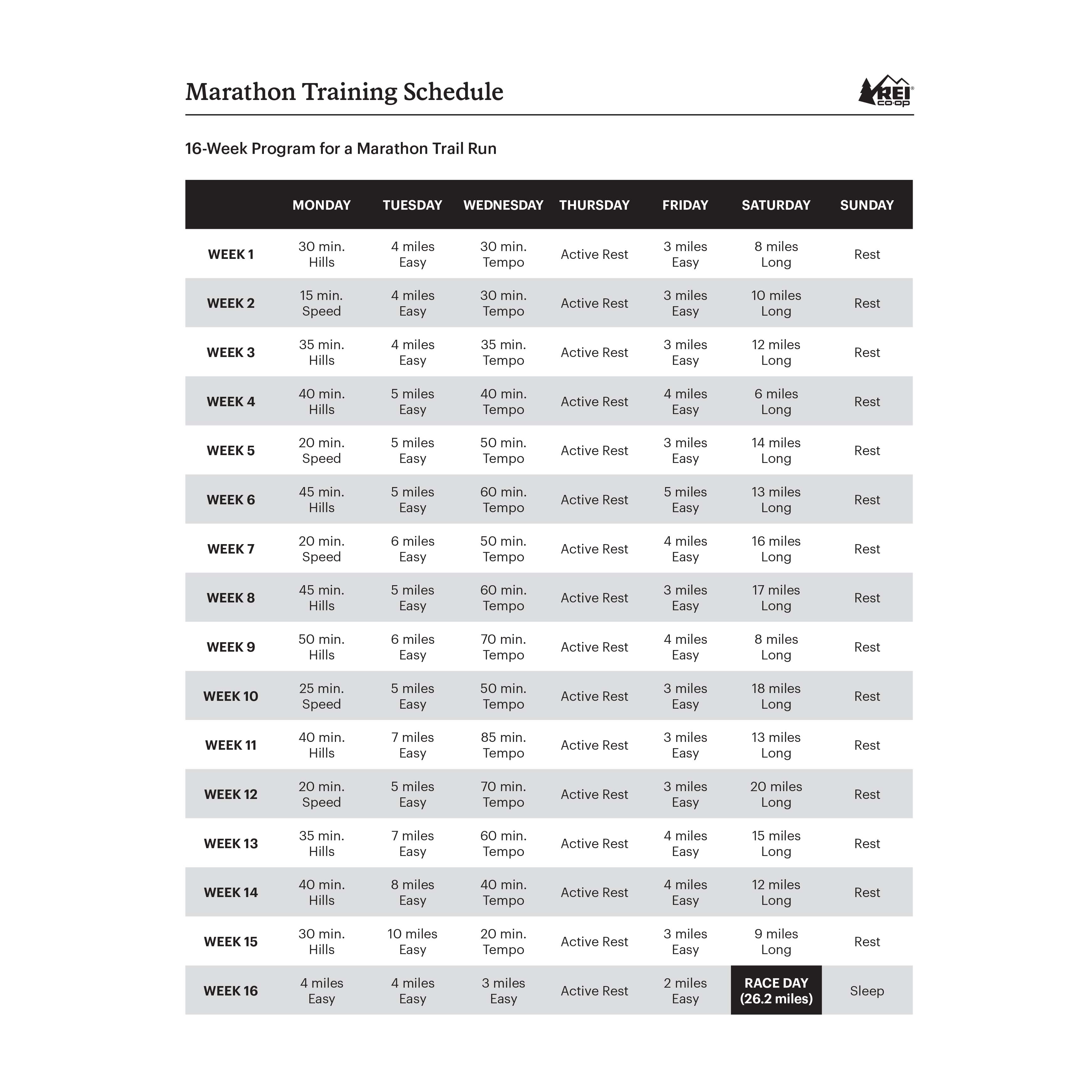
Credit: www.rei.com
1. Cross-training Benefits
When it comes to marathon training, cross-training offers a range of benefits that can complement and enhance your running regime. Embracing alternative forms of exercise can bolster cardiovascular fitness, reduce the risk of overuse injuries, and provide a well-rounded fitness regimen.
1.1. Enhanced Cardiovascular Fitness
Cross-training activities such as cycling, swimming, and rowing can significantly improve cardiovascular fitness by engaging different muscle groups and challenging the heart and lungs in diverse ways.
1.2. Reduced Risk Of Overuse Injuries
By incorporating cross-training into your marathon training regimen, you can mitigate the risk of overuse injuries that often accompany high-mileage running. Activities like yoga, strength training, and Pilates can help strengthen muscles, improve flexibility, and reduce the strain on specific muscle groups, promoting overall balance and resilience.
2. Swimming Workouts
Engage in Swimming Workouts as an alternative to traditional running for marathon training.
2.1. Low-impact Exercise
Swimming is a low-impact exercise that reduces stress on joints and muscles.
2.2. Full-body Workout
Swimming provides a full-body workout targeting muscles throughout the body.
3. Cycling Workouts
Explore the benefits of incorporating cycling workouts into your marathon training regimen.
3.1. Improved Leg Strength
Bicycling enhances leg muscles and power.
- Engages quads & calves
- Strengthens hamstrings & glutes
3.2. Joint-friendly Option
Cycling is gentler on joints compared to running.
- Reduces impact on knees
- Decreases risk of injuries
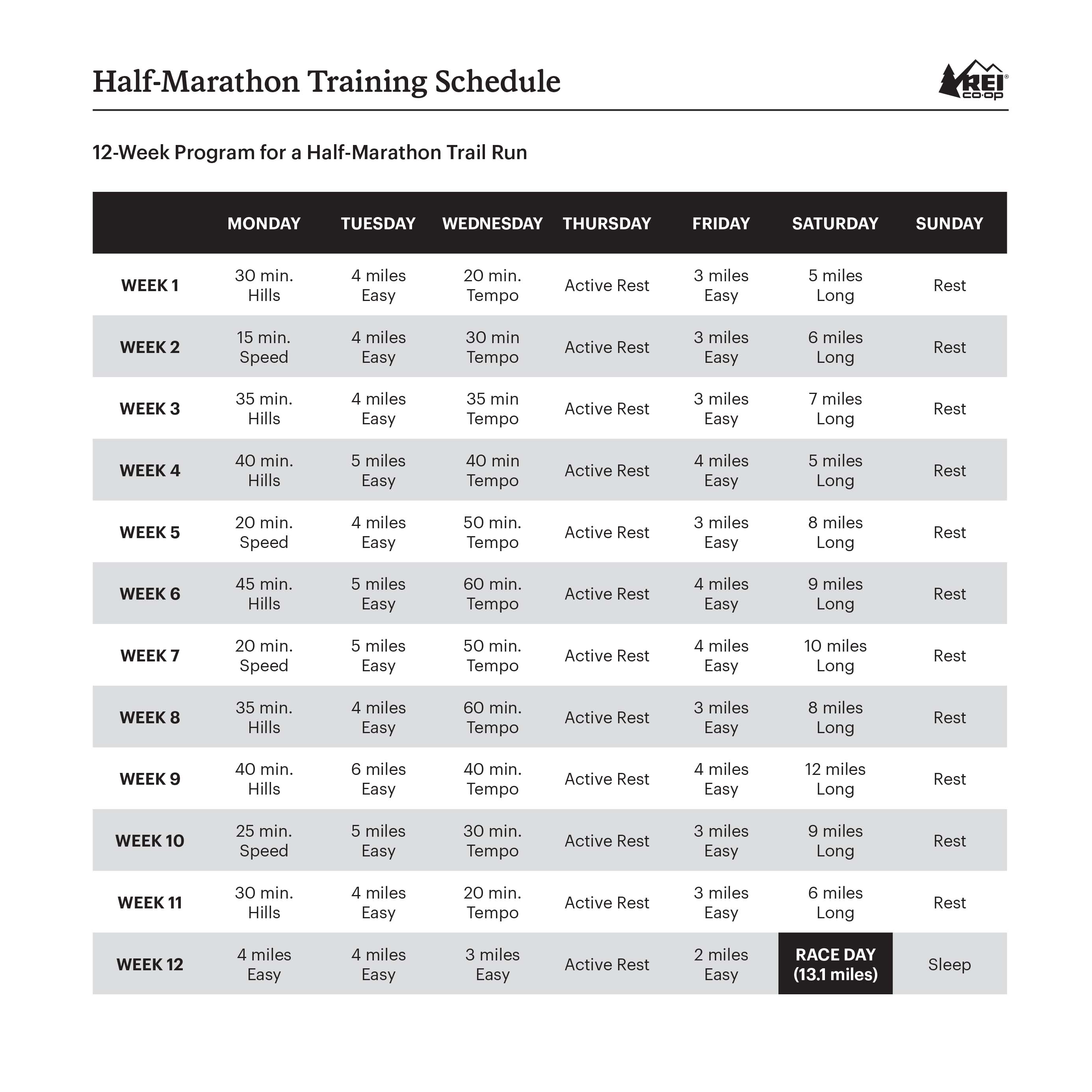
Credit: www.rei.com
4. Rowing Workouts
When it comes to marathon training, incorporating alternative workouts can provide variety and help prevent injury. One effective alternative to running is rowing. Rowing workouts offer a low-impact way to build endurance and strength while engaging multiple muscle groups.
4.1. Engages Multiple Muscle Groups
Rowing engages multiple muscle groups simultaneously, including the arms, legs, back, and core. This full-body workout helps develop overall strength and endurance, making it a well-rounded complement to running training.
4.2. Builds Upper Body Strength
Rowing builds upper body strength by targeting the arms, shoulders, and back. This can help improve posture and overall upper body strength, providing a balanced approach to fitness for marathon training.
5. High-intensity Interval Training (hiit)
5. High-Intensity Interval Training (HIIT)
In addition to traditional running, another effective alternative for marathon training is High-Intensity Interval Training (HIIT). This form of exercise involves short bursts of intense activity followed by brief recovery periods. HIIT workouts are known for their ability to maximize calorie burn and improve cardiovascular fitness in a shorter amount of time compared to steady-state running.
5.1. Efficient Workout Option
One of the key benefits of incorporating HIIT into your marathon training regimen is its efficiency. With HIIT, you can achieve a highly effective workout in a relatively short period. Traditional marathon training typically requires long runs that can take up a significant amount of time. However, with HIIT, you can engage in intense intervals that elevate your heart rate and challenge your muscles, all within a shorter timeframe.
By alternating between periods of all-out effort and short rest periods, HIIT allows you to reap the benefits of prolonged endurance training in a more time-efficient manner. This makes it an ideal choice for individuals with busy schedules or those who prefer a high-intensity workout without investing excessive time.
5.2. Boosts Speed And Endurance
HIIT is not only time-effective but also highly effective in improving speed and endurance, making it perfect for marathon training. By pushing your cardiovascular system to the limit during intense intervals, you can enhance your aerobic capacity and increase your overall fitness level. This, in turn, can translate into greater speed and endurance during long-distance running.
The powerful combination of short, high-intensity bursts followed by brief rest periods helps train your body to efficiently utilize oxygen, enabling you to sustain a faster pace for longer durations. Additionally, HIIT workouts promote the development of fast-twitch muscle fibers, which are crucial for generating speed and power during your runs.
Incorporating HIIT into your training routine can lead to significant improvements in your marathon performance. Not only will it enhance your speed and endurance, but it also provides variation to your workouts, keeping you engaged and motivated throughout your training journey.

Credit: www.pinterest.com
Frequently Asked Questions On Marathon Training Alternatives To Running
How Do I Train For A Marathon Besides Running?
In addition to running, you can train for a marathon by incorporating cross-training exercises like swimming, cycling, or strength training. These activities help build endurance, improve overall fitness, and reduce the risk of injury. Varying your workouts can also provide mental stimulation and prevent boredom.
What Are Non Running Exercises For Marathon Training?
Cross-training, such as cycling and swimming, strengthens muscles and improves cardiovascular fitness. Incorporate strength training for overall body conditioning. Yoga and Pilates can enhance flexibility and core strength. It’s essential to vary your workouts to prevent overuse injuries and improve overall performance.
What Is The Best Substitute For Running?
For a substitute to running, try high-intensity interval training (HIIT) or cycling. These alternatives provide similar cardiovascular benefits.
Conclusion
Choosing alternative exercises for marathon training can provide a refreshing change, prevent burnout, and reduce risk of injury. Cross-training activities like cycling, swimming, and strength training can improve overall fitness while giving the body a break from the repetitive impact of running.
Adding variety to your training regimen can enhance performance and keep you motivated.




